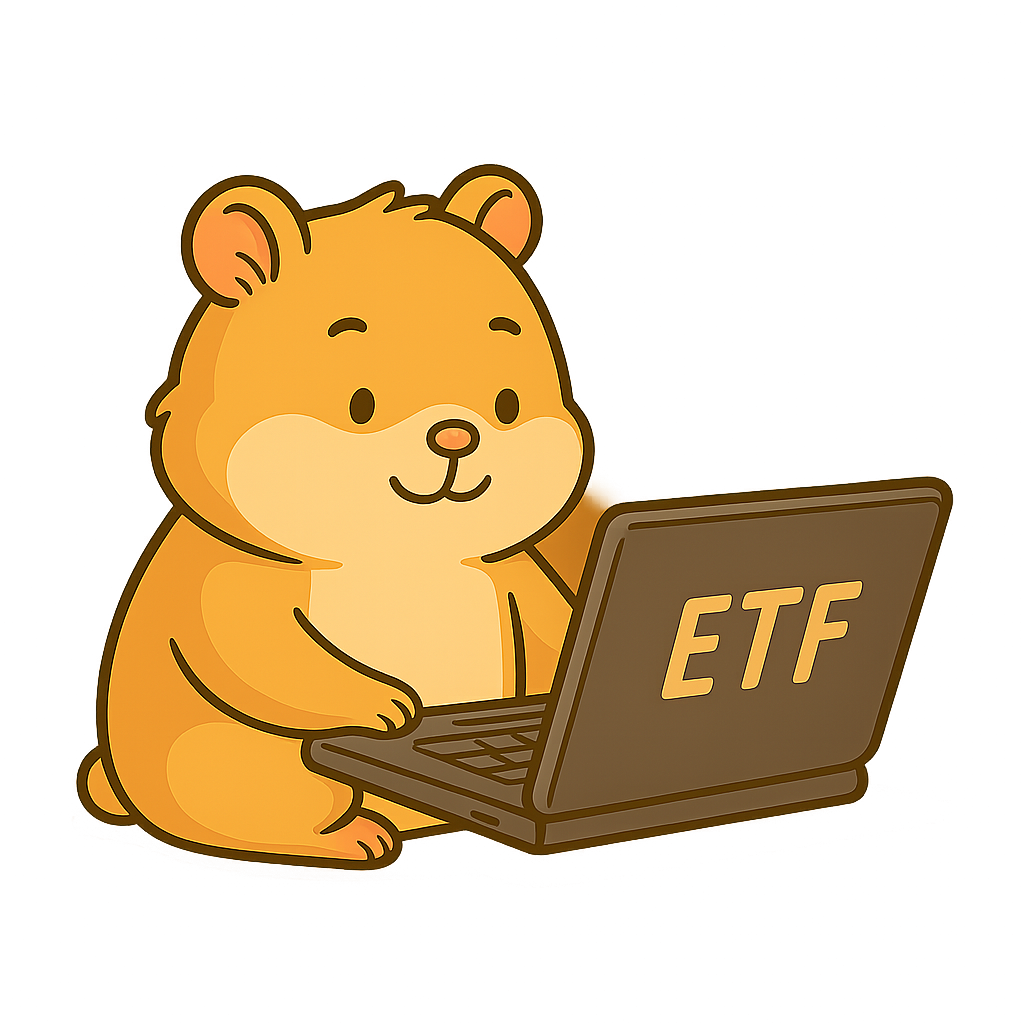Introduction to ETF Selection: Navigating Choices in 2025
Selecting the right ETF can feel daunting with thousands available, but applying solid criteria for selecting ETFs simplifies the process. As the ETF market accelerates in 2025, with $540 billion in inflows during the first half alone investors need clear guidelines amid innovations like active strategies and thematic funds.

This comprehensive blog post outlines key criteria for selecting ETFs, including expense ratios, liquidity, tracking accuracy, and more. Designed for those searching “how to choose ETFs 2025” or “best criteria for ETF selection,” we’ll explain each with examples, checklists, tables, and trends—keeping it jargon-free and actionable.
By following these steps, you’ll build a portfolio aligned with your goals in today’s evolving landscape.
Expense Ratio: Prioritizing Low Fees for Long-Term Gains
Start with the expense ratio, as lower fees directly boost net returns.
Why It Matters
A low ratio (under 0.2%) minimizes drag on performance. In 2025, focus on cost-effective options amid fee
Evaluation Tips
Compare within categories; aim for <0.1% in broad indices.
| Ratio Range | Recommendation | Example Use |
|---|---|---|
| <0.1% | Excellent | Core holdings |
| 0.1-0.3% | Good | Thematic |
Tracking Accuracy: Ensuring Close Index Alignment
Tracking error measures how well an ETF follows its benchmark—lower is better.
Assessing Accuracy
Review historical data; minimal error (<0.5%) indicates efficiency.
Importance in Practice
High error erodes returns; physical replication often tracks better.
Checklist
- Check 1-5 year tracking
- Avoid high-error in volatile 2025
Liquidity and Trading Volume: For Easy Entry and Exit
High liquidity means tight spreads and easy trades.
Key Metrics
Daily volume >500,000 shares; AUM >$1B for stability
Why Prioritize
Low liquidity risks price slippage, especially in 2025 volatility
| Liquidity Level | Volume/AUM | Suitability |
|---|---|---|
| High | >1M shares/$10B | All investors |
| Medium | 100K-1M/$1-10B | Long-term |
Asset Size: Gauging Stability and Viability
Larger AUM signals investor confidence and lower closure risk.
Thresholds
Prefer >$1B; small funds (<$100M) may face higher costs.
In 2025, growth opportunities in small-caps favor sizable funds
Holdings and Diversification: Matching Your Goals
Examine underlying assets for alignment and spread.
Review Process
Daily holdings disclosure; ensure no over-concentration
For 2025
Thematic like AI need diversification checks amid trends.
Performance History: Long-Term Over Short-Term
Look at 5-10 year returns, not just recent.
Balanced View
Compare to benchmark; consistent outperformance in actives.
Provider Reputation: Trust and Reliability
Choose established issuers for transparency and support.
Factors
Track record, innovation; tax efficiency key.
Additional Criteria: Structure, Tax Efficiency, Role in Portfolio
Consider physical vs. synthetic; intraday trading; asset allocation fit.
| Criterion | Weight | 2025 Tip |
|---|---|---|
| Expense Ratio | High | Fee wars advantage |
| Liquidity | High | Volatility hedge |
Common Pitfalls in Selection
Chasing performance; ignoring taxes
Conclusion: Applying Criteria for ETF Success
Using these criteria for selecting ETFs ensures informed choices in 2025’s innovative market. Start with your goals, apply the checklist, and thrive.

